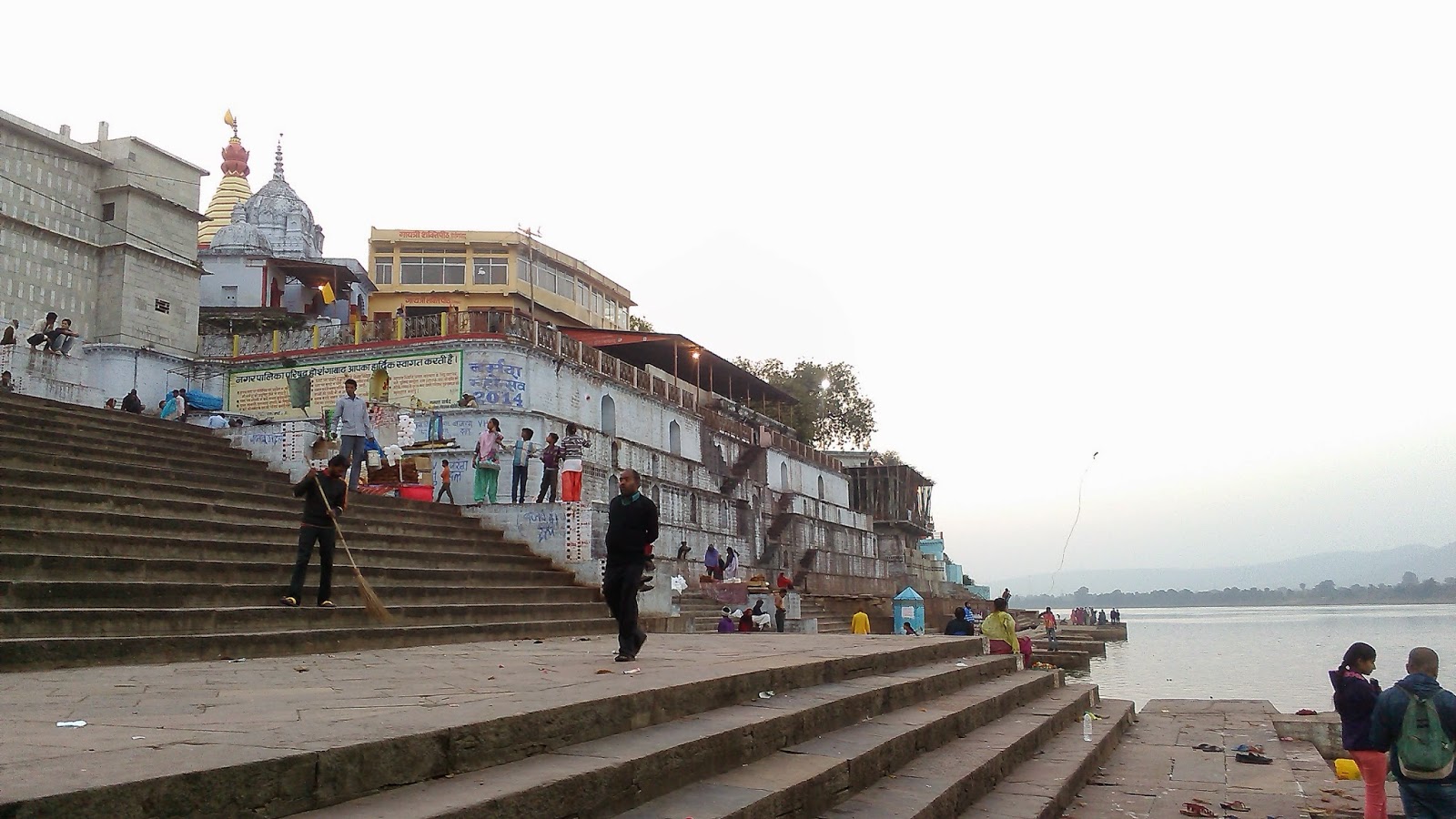Amish Dhungel
Dwaipayan Regmi
Foreign Direct Investment
(FDI) is a remarkable indicator of a country moving into free market and
accepting globalization. One of the potential markets for FDI is developing
countries, as such countries have abundance of valuable resources that are
untapped. Besides, FDI helps these developing countries to balance the gap
between desired investment and domestically mobilized savings. Widely believed
notion is that FDI role is tremendous in terms of bringing wave of economic
changes that would benefit a country, and that is even more in case of
developing country like Nepal.
Often referred to as a major
tool of globalization post early 1990s, FDI increases ownership of assets
across the national frontiers. FDI provides a country with access to global
talent, global managerial skills and knowledge, optimum utilization of human
capital and natural resources, enhances exports, makes industry competitive,
provides forward and backward linkages and access to international quality
product offerings, and facilitates more employment opportunities.
In the context of developing
countries like Nepal, FDI can be regarded as lifeblood for rapid economic
development. FDI contribution to all
round development of economy is crucial. Indian Management guru, Ram Charan
reflects the importance as: “No country
ever has grown without FDI, including America. FDI is not only money it’s what
comes with it: technology, managerial knowhow, risk-taking.” Though Liberalization of national
economy in 1990s opened door for FDI in Nepal, the country hasn’t been
successful to attract significant amount of FDI.
The Foreign Investment and
Technology Transfer Act 2049(1992) shapes the basic foundation for Investment
in Nepal. The policy seems liberal. There is easy entry, as one can get ‘non
tourist visa’ for six months if they tend to invest in Nepal. They can take
every penny that they earn out of profit, share, dividend, equity and interest
back to their country. There is no any Government interference in case of any
dispute with the local stakeholders. The case will rather be solved following
United Nations Commission on International Trade Law. Again, foreign investors
are allowed to hold 100% ownership in any business apart from cottage industry
and other few sensitive places.
The policy is beautifully
designed, but the practical side is loaded with lots of side effects. Any
foreigner cannot own land in Nepal. FDI is restricted for the ownership of
commercial banks up to 66% only. There are various places where Government is
enjoying monopoly; as such it is difficult for foreign investor to enter into
these sectors. Nepal Electricity Authority, Nepal Drinking Water Corporation
comes into these sectors. Foreign investors are not granted equal right as that
of domestic investor. For instance, a foreign investor pays double rate to
register a trademark. Above all, one can note that there is a political
disturbance that creates fear within the mind of foreign investors. Government
has not yet been able to take risk for their loss because of political
disturbances. Failure of BIPPA has also showed negative impact to foreigners
regarding investment in Nepal.
Despite the dark sides and
limitations of the policy, there are rays of hope as well. World Bank’s Ease of
Doing Business Indicator 2015 ranks Nepal as second best destination among the
SAARC countries for investment. There are educated mass, who are always turning
pages for looking job opportunities. This indicates, large number of educated
mass is looking for job, so any investor would get educated manpower at
comparatively low price. Nepal has recently come up from the ten years of civil
war. History indicates that industries built after war times have been long lasting,
so this hypothesis shows that this is appropriate time to invest in Nepal too.
There are problems in sector of communication, electricity, water, fuels. But,
these problems are actually opportunities for the investors.
After the end of ten years
of Maoist insurgency, Foreign Investment in Nepal has showed a positive
symptom. Although, the Investment Year 2012/13 effectiveness can be kept as a
separate question to be answered, we can see that Nepal has received Rs 19.93
billion of FDI in the year 2012/13 and that of Rs 20.18 billion in the year
2013/14. There was 0.9% increment in FDI, however, 3.8% decline in foreign
investment projects.
China has been the largest
investor in Nepal investing Rs 2.71 billion and Rs 7.32 billion in the year
2012/13 and 2013/14 respectively. It is
then followed by India who invested Rs 2.8 billion and Rs 6.5 billion in
2012/13 and 2013/14 respectively. After Indian PM Modi’s visit this investment
from India is likely to be increased in next year. Investment in the sectors
like tourism, service, mineral, manufacturing, energy, construction, agro and
forestry has been getting prime concern in Nepal.
In
order to attract the new investors in Nepal, first thing that Nepal can do is
create favorable environment. Government need to provide security to the
investors, ensure good environment for business and its operation. There is
again a necessity to shape a proper monetary and fiscal policy that would
attract the investors. BIPPA and other bilateral and multilateral trade agreements
should be formulated and implemented properly. There is still the fear of
political disturbance in Nepal, this issue has to be properly addressed, and
the one planning to invest should be welcomed.
The
recent development in FDI sector has been praiseworthy with the arrival of
largest ever FDI project in Nepal in Hydropower sector by Indian company GMR.
For
a rapid growth of economy, Nepal has no option but to attract FDI. Being
sandwiched between two giant economies of the world, Nepal holds the vast
potentiality of benefitting from these humongous economies via FDI.
(This article was published on The Himalayan Times, dated March 9, 2015)
























